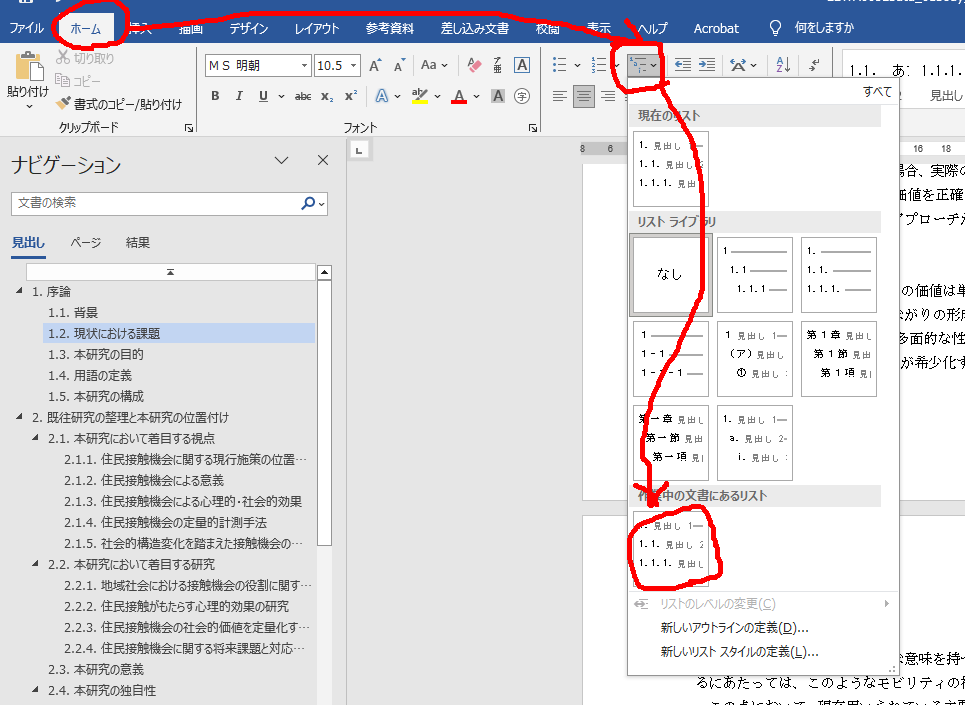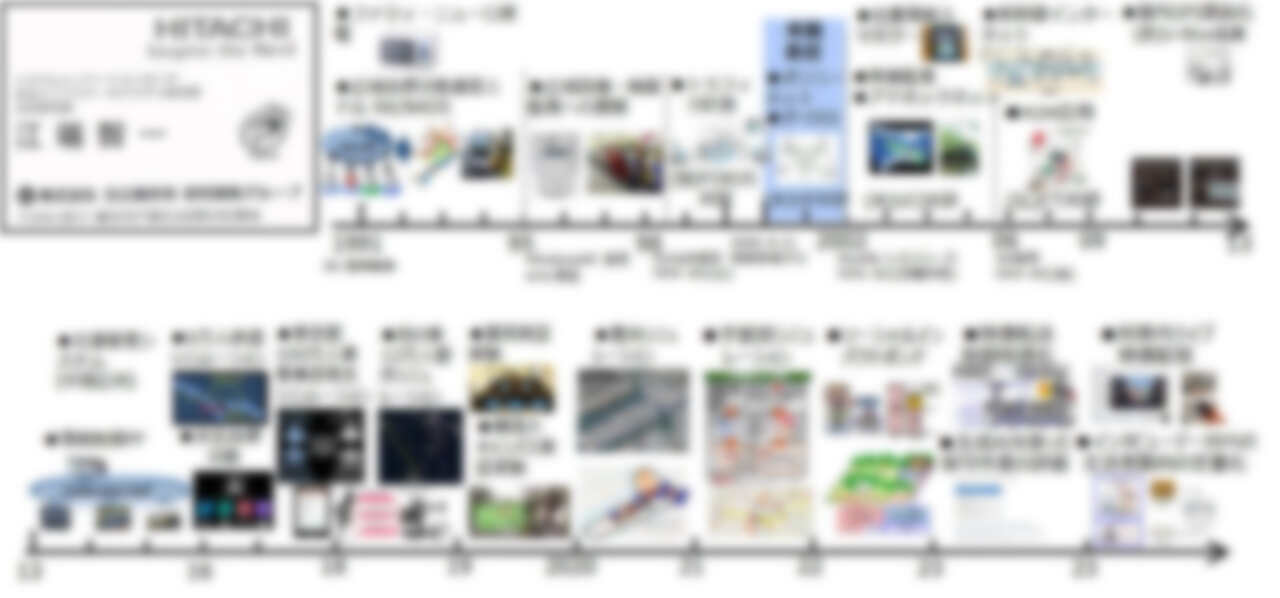個人情報の流出には、さまざまな側面があります。
There are various aspects to the leakage of personal information.
私は、クレジットカード情報や戸籍情報の漏洩よりも、もっと深刻なリスクがあると感じています。
I feel that there is a risk more serious than the leakage of credit card or family registry information.
それは、Amazonの書籍購入履歴、図書館の貸出履歴、Googleの検索履歴、そしてChatGPTの利用履歴といった、個人の内面に直接結びつく情報の漏洩です。
It is the leakage of information that directly reflects one’s inner self, such as Amazon purchase history, library borrowing records, Google search history, and ChatGPT usage history.
これらが流出すれば、「その人が何者なのか」が、ほぼ完全に明らかになります。
If such data were leaked, it would reveal almost everything about who the person truly is.
本人が誰にも明かしていない、秘密の興味・価値観・趣味嗜好が、赤裸々に暴かれてしまう。
Secret interests, values, and preferences never shared with anyone would be bare.
もはや「バレる」というより、「丸裸になる」に近い。
It’s no longer just being exposed but wholly stripped bare.
こうしたデータが国家機関の手に渡る可能性があることは、あまり知られていません。
It’s not widely known that such data could fall into the hands of government agencies.
裁判所の令状があれば、企業側も情報を開示する義務がありますし、
Of course, if there is a court warrant, companies are obligated to disclose information.
アメリカでは「その命令があったことを他言するな」という、いわゆるギャグ・オーダー(gag order)が付く場合すらあります。
In the U.S., even gag orders prohibit disclosing the very existence of the order itself.
国によっては、そうした法的プロセスなしでアクセス可能な例外も報告されています。
In some countries, it is reported that access may be possible without such legal procedures.
私たちは、毎日、自分自身をネットにさらしながら生きているようなものです。
We are essentially exposing ourselves to the internet every single day.
私は、こうした現実を理解したうえで、ある種「諦め」に至っていますが――
I’ve come to accept this reality to some extent, though with a sense of resignation—
このことを知らない人は、まだ多いのではないでしょうか。
But I believe there are still many who are unaware of it.
-----
先日、資料作成のために個人情報保護法を読み込んでいたのですが、
The other day, I was reading through the Personal Information Protection Law for a report,
日本の法律では、プライバシー権は「生存する個人」にのみ適用されることが明記されていました。
I also found that Japan's law clearly states that privacy rights apply only to living individuals.
つまり、日本の個人情報保護法において、死亡した人の情報は保護対象外であり、
In other words, under Japan’s law, the data of deceased individuals is not protected.
法律上の「個人情報」には該当しません。
It is not considered “personal information” in a legal sense.
極端に言えば、私たちが死んだあとに、検索履歴やAIとの対話履歴が
In extreme cases, after we die, our search history or AI interaction logs
「故人の記録」として第三者に開示される社会が到来しても、法的には大きな障害はないのです。
These could be disclosed as “records of the deceased” without major legal obstacles.
実際、欧州連合(EU)などでは「デジタル遺産(digital legacy)」の取り扱いについて議論が進んでおり、
Discussions about “digital legacy” are progressing in the European Union and elsewhere.
死後におけるプライバシー保護を制度として整備しようとする動きも見られます。
There are moves to establish systems for privacy protection after death.
これからの社会がどう変化していくかは予測できませんが、
We cannot predict how society will evolve,
少なくとも私たちの死後に、私たちの生前の思考や行動履歴が「公開される」ことがこ当たり前となる、ことは十分に想定されます。
But at the very least, the idea that our thoughts and behavior during life may be made public after death is a very real possibility.
------
先日、録画していたBS世界のドキュメンタリー「亡き人と話せたら AIがひらく危うい世界」を見ました。
Recently, I watched a recorded episode of the BS World Documentary titled “If I Could Talk to the Dead: The Perilous World Opened by AI.”
番組の要約は以下のようなものでした:
The program summary went like this:
=====
「いくつかの質問に答えるだけで、AIが特定の人物の性格を模倣し、本人が言いそうな言葉を返す。
“By answering a few questions, AI can mimic a specific person’s personality and respond with phrases they might have said.
このサービスを使って“故人と会話する”人がアメリカで増えている。
More and more people in the U.S. are using this service to 'talk to the deceased.'
韓国では、幼い娘を亡くした母親が、AIによって生成された娘とVRで再会するテレビ番組が放送された。
In South Korea, a TV show aired where a mother who lost her young daughter reunited with her AI-generated child in VR.
“亡き人と話したい”というニーズに着目した新たなビジネスが広がっている。」
A new business is expanding, focused on the desire to 'talk to the dead.'”
=====
このようなサービスは、今後さらに精度を高め、「ほぼ本人」と錯覚できるレベルに進化していく可能性があると感じました。
I felt that such services may evolve to the point where they become nearly indistinguishable from the real person.
「故人が生前に、こうした仮想空間でAIとして生き続けることを強く拒否した」という明確なエビデンスでも残されていない限り、
Unless there is clear evidence that the deceased vehemently refused to continue living as an AI in virtual space,
ほぼ確実にこの流れは進むでしょうし、仮にエビデンスがあっても無視される可能性もあります。
This trend will almost certainly continue, and such evidence might even be ignored.
今の私は、「人の死」とは、その悲しみと孤独を受け止め、「慟哭」という感情を得るかけがえのない体験だと思っています。
Right now, I believe that “death” is a precious experience that allows us to embrace grief and solitude fully — and to weep intensely.
そういう意味で、「故人AI」に対して現時点ではネガティブな立場です。
In that sense, I currently hold a negative view toward the “AI of the deceased.”
ただ、ご存知の通り私は「痛み」が大の苦手なので、
However, as you know, I have a strong aversion to pain,
人の死が耐えられないほど苦しいものであるならば、すぐに趣旨替えするだろうとも思っています。
and if the pain of losing someone is unbearable, I may well change my stance.
=====
しかし、この流れを逆に捉えれば、「死に逝く人は、悲しまれない」社会の到来とも言えます。
On the flip side, this could signal the arrival of a society where “those who die are not mourned.”
自分がいなくなったことを「慟哭」レベルで悲しんでもらえない未来とは、果たしてそれでよいのか――という問いも浮かびます。
It raises the question: Is it okay if no one mourns your absence to the point of weeping?
私は今、人生観・宗教観も含めて、私たちは大きな岐路に立っていると強く感じています。
Right now, I sincerely feel that we are at a significant crossroads, including in our views on life and religion.
江端:「ふむ、抱負か・・・『自分が自分の意識と体をコントロールできる時間内での、苦痛ゼロの死』―― この一択だな」

